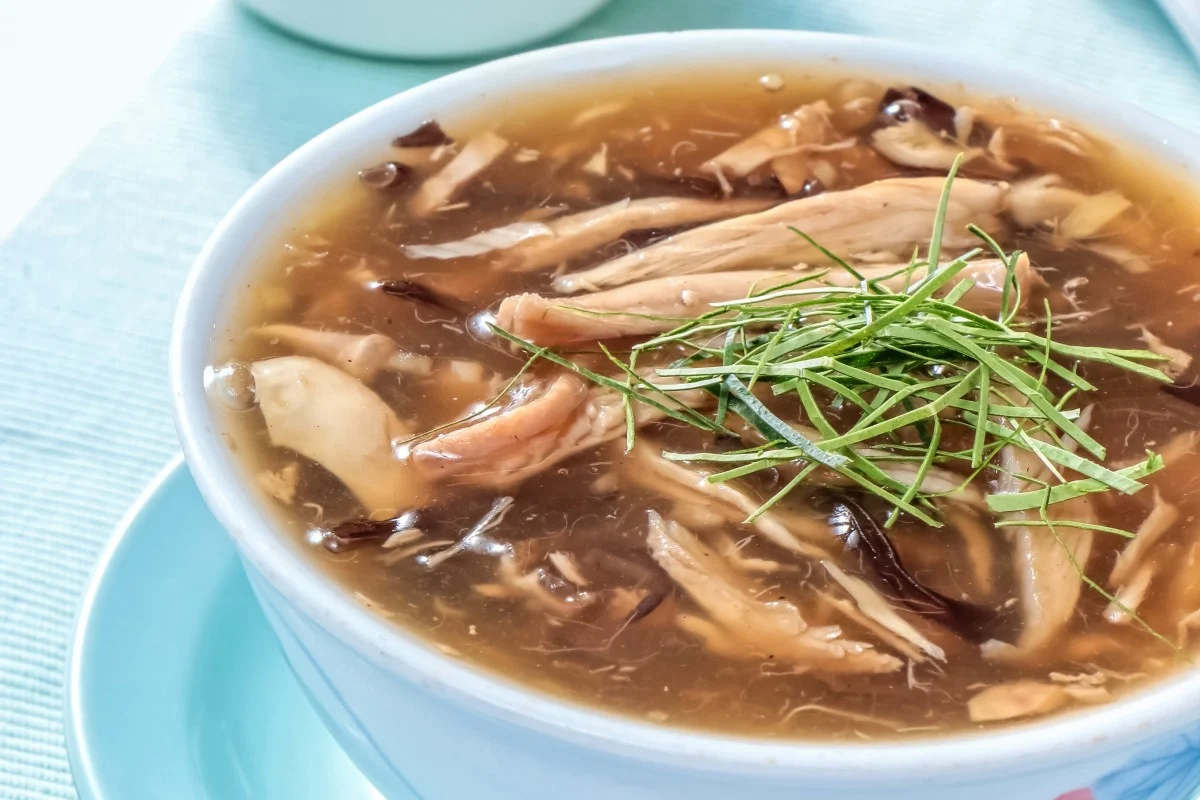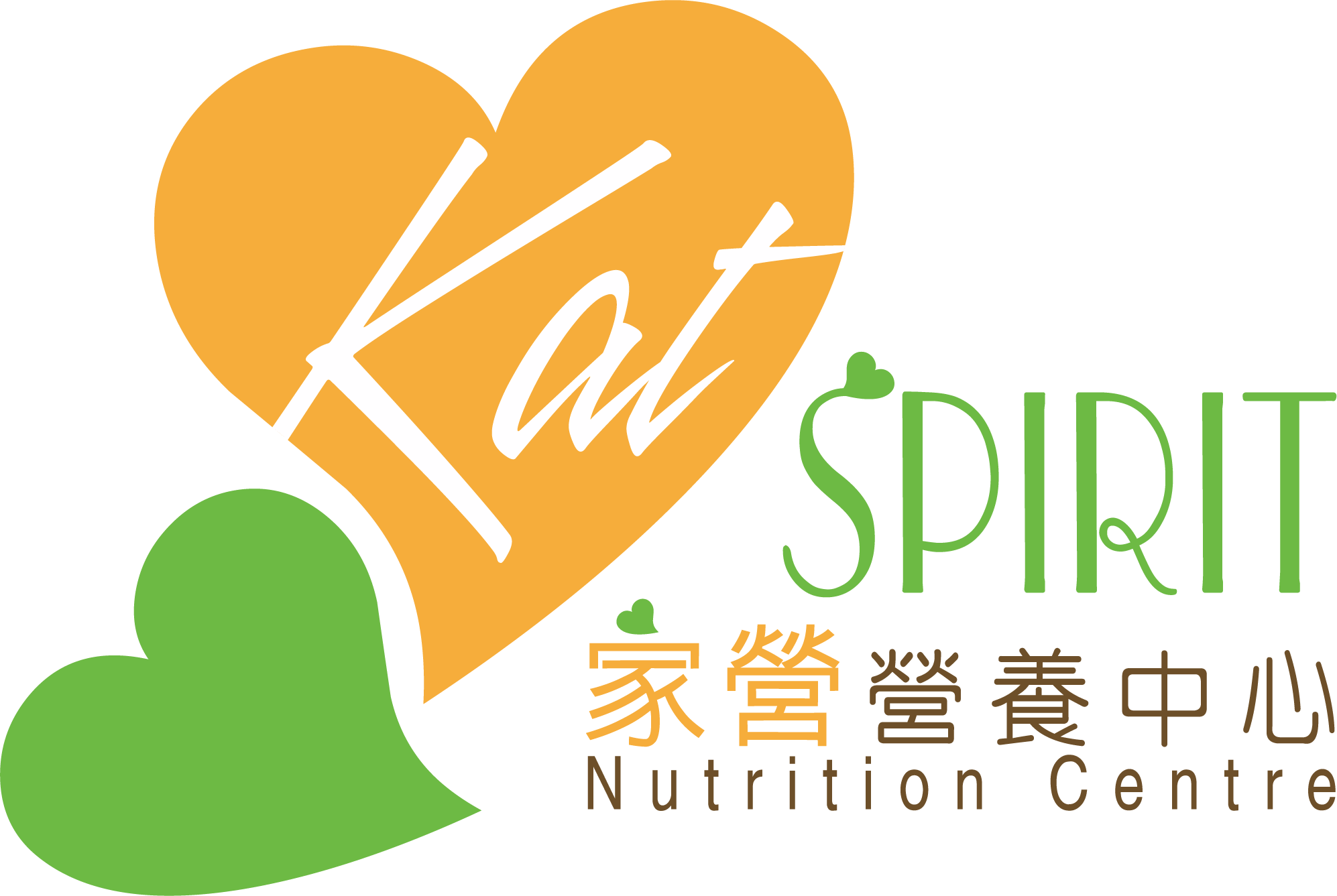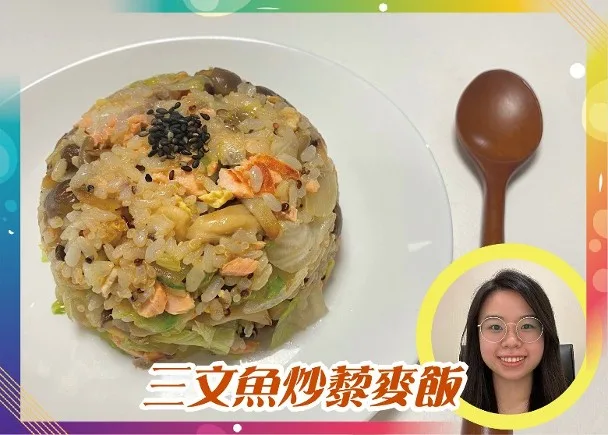
“A meal is not complete without a bowl of soup.” For most Cantonese families, a hearty bowl of double-boiled soup is as essential to the dining table as a bowl of rice.
There are hundreds of variations of these soups, which are usually made with protein and a mixture of Chinese herbs. Many of these recipes use meat such as chicken, pork and even snake.
History of snake soup
Snake soup is called se gang (蛇羹) in Cantonese. This rich, thick broth has its origins in China’s Guangdong province. It used to be a delicacy that was only served to the wealthy.
But over time, its nutritious benefits made it popular with ordinary people – it is believed to boost the immune system and improve joint health. So shops began selling affordable versions of the dish.
Snake soup became so popular in Hong Kong that in the 1980s, it had more than 100 shops serving the dish.
One of the most famous was a family business called She Wong Lam, or Snake King Lam. According to RTHK documentary series Hong Kong Connection, She Wong Lam was the first store in Hong Kong that specialised in snake soup. But after more than 110 years of history, it closed its doors for good in 2018 because no one in the family wanted to continue it.
According to Kathy Ng Yiu-fan, a senior nutritionist at Kat-Spirit Nutrition Centre in Hong Kong, this soup is complicated to make, and as old snake chefs retire, the industry is in decline.
“It is a shame that these soup makers have few people to pass on their skills,” Ng said.
Source of protein and collagen
“There are numerous health benefits to drinking snake soup. Snake meat is rich in protein and contains essential amino acids, which are important for maintaining a healthy immune system,” explained Ng, adding that snake meat’s high collagen content helped maintain healthy joints and skin.
The senior nutritionist said the dish usually had two to five snake species to add complexity to its taste.
“Some snakes have a mild flavour, while others have an earthy taste. Larger snakes, like the python, are more chewy,” she pointed out.
Snakes are usually skinned alive and steamed for hours before being sliced. The slices are then simmered for hours with shredded chicken, shiitake mushroom, fungus, dried tangerine peel, lemongrass and other herbs and spices, such as star anise and ginger. These ingredients cover the snake’s gamy taste.
A small bowl of snake soup contains about 300 calories, 20 grams of fat and 500 milligrams of sodium. Ng recommended eating it to supplement a balanced diet. She cautioned against having it more than twice a week, especially for those with high blood pressure as the dish is high in sodium.
“Some people say snake meat tastes somewhat like a slightly tougher version of chicken. They are quite similar in terms of nutritional value,” Ng said. “For those who feel squeamish about eating snake meat, you can stick to herbal chicken soup instead to reap the same health benefits.”
Both types of meat are good sources of protein and have similar amounts of fat if the chicken’s skin is removed.
If you are craving some hearty broth, here is a fuss-free recipe that is perfect for the end of any meal.
History of snake soup
Snake soup is called se gang (蛇羹) in Cantonese. This rich, thick broth has its origins in China’s Guangdong province. It used to be a delicacy that was only served to the wealthy.
But over time, its nutritious benefits made it popular with ordinary people – it is believed to boost the immune system and improve joint health. So shops began selling affordable versions of the dish.
Snake soup became so popular in Hong Kong that in the 1980s, it had more than 100 shops serving the dish.
One of the most famous was a family business called She Wong Lam, or Snake King Lam. According to RTHK documentary series Hong Kong Connection, She Wong Lam was the first store in Hong Kong that specialised in snake soup. But after more than 110 years of history, it closed its doors for good in 2018 because no one in the family wanted to continue it.
According to Kathy Ng Yiu-fan, a senior nutritionist at Kat-Spirit Nutrition Centre in Hong Kong, this soup is complicated to make, and as old snake chefs retire, the industry is in decline.
“It is a shame that these soup makers have few people to pass on their skills,” Ng said.

Source of protein and collagen
“There are numerous health benefits to drinking snake soup. Snake meat is rich in protein and contains essential amino acids, which are important for maintaining a healthy immune system,” explained Ng, adding that snake meat’s high collagen content helped maintain healthy joints and skin.
The senior nutritionist said the dish usually had two to five snake species to add complexity to its taste.
“Some snakes have a mild flavour, while others have an earthy taste. Larger snakes, like the python, are more chewy,” she pointed out.
Snakes are usually skinned alive and steamed for hours before being sliced. The slices are then simmered for hours with shredded chicken, shiitake mushroom, fungus, dried tangerine peel, lemongrass and other herbs and spices, such as star anise and ginger. These ingredients cover the snake’s gamy taste.
A small bowl of snake soup contains about 300 calories, 20 grams of fat and 500 milligrams of sodium. Ng recommended eating it to supplement a balanced diet. She cautioned against having it more than twice a week, especially for those with high blood pressure as the dish is high in sodium.
“Some people say snake meat tastes somewhat like a slightly tougher version of chicken. They are quite similar in terms of nutritional value,” Ng said. “For those who feel squeamish about eating snake meat, you can stick to herbal chicken soup instead to reap the same health benefits.”
Both types of meat are good sources of protein and have similar amounts of fat if the chicken’s skin is removed.
If you are craving some hearty broth, here is a fuss-free recipe that is perfect for the end of any meal.
Herbal chicken soup recipe
Ingredients (serves 2 people)
-
one herbal chicken soup packet
-
two chicken thighs
-
a few slices of ginger
-
one carrot, diced
-
one zucchini, diced
Directions
-
Clean the chicken thighs thoroughly under running water. Remove the skin and cut off any excess fat.
-
Bring a small pot of water to a boil.
-
Boil the chicken thighs for two to three minutes. Remove the meat from the pot when it is done.
-
Rinse the Chinese herbs in the soup pack under running water to remove any dirt.
-
Bring a large pot of water to boil together with the ginger slices. Add the chicken thighs, carrot, zucchini and Chinese herbs (use a herb sachet if it is provided in the packet). Continue boiling for two to three hours at low heat.
-
Distribute the soup and ingredients into individual bowls and serve hot.
Source: https://bit.ly/3pjhHzQ










